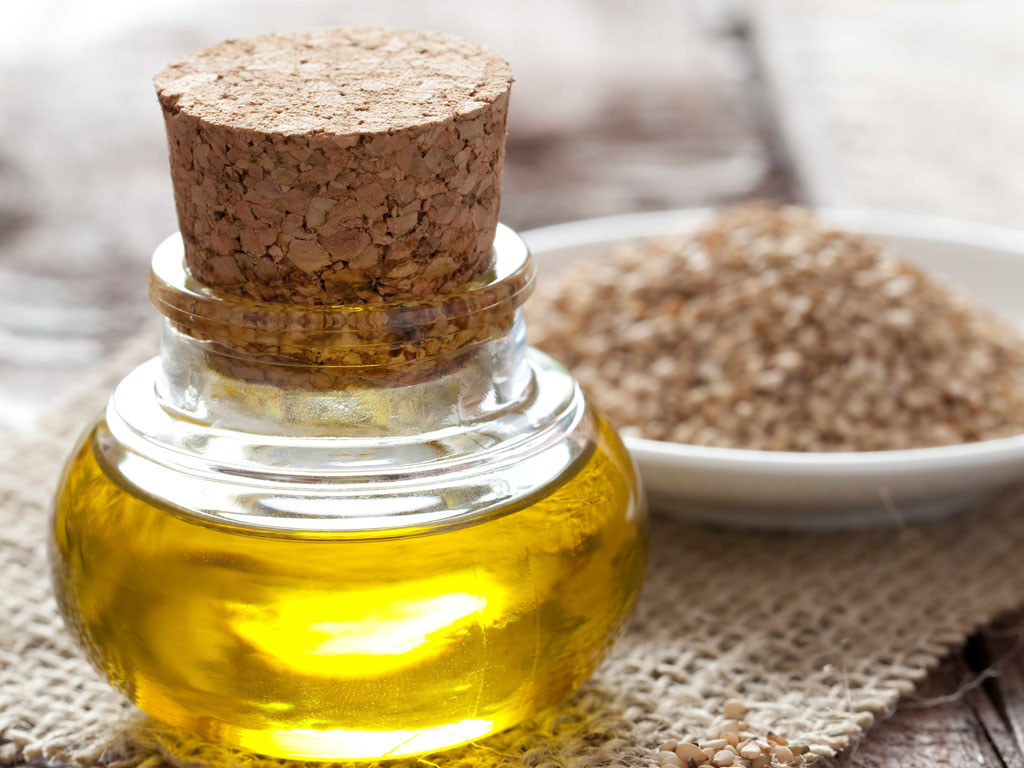Below are some tips to distinguish chemically ripened fruits from naturally ripe fruits.
Durian: A ripe durian can be separated by hand, has a unique fragrance, and has large spikes. Whereas a ripe durian that is pressed needs a knife to be separated and tastes very bland without the distinctive aroma. The spikes of the unripe durian are still small and not fully opened.
Banana: Chemically ripened bananas have a shiny yellow color, feel powdery to the touch, have green stems, and have a black core.

related news
Morning habits to lose weight quickly
Excess weight and obesity increase the risk of cardiovascular disease, high blood pressure, and diabetes. To effectively lose weight, you should maintain the following healthy habits in the morning.
Jackfruit: Naturally ripe jackfruit has rough skin, a dark color, wide openings, even color between the spikes, light yellow fibers, a sweet and fragrant taste. Whereas pressed ripe jackfruit has a green outer skin, sharp spikes, not fully opened; inside it is yellow from the flesh to the fibers, the flesh taste is slightly bland.
Mango: Avoid buying mangoes with green or light yellow outer skin, but ripe yellow flesh with white or brown spots on the outer skin because these are mangoes ripened with chemicals.

related news
Quick and effective relief for hiccups
Hiccups occur due to sudden spasms of the diaphragm and cause discomfort and annoyance to people.
Litchi: Litchis are often sulfur-treated for preservation, so they have a uniformly colored, shiny, and round skin, no natural roughness, a crispy and hard texture, and no distinctive sweet taste.
Rambutan: When buying rambutans, check the small fruits. If they have tips like those that have been left for a long time, when splitting the fruit, there will be a lot of water flowing out, and the flesh will have a foamy appearance, so it is not recommended to buy them.

related news
Expert reveals how to treat knee pain with lemon and sesame oil
Health experts suggest treating knee pain with natural ingredients like lemon and a spoonful of sesame oil.































